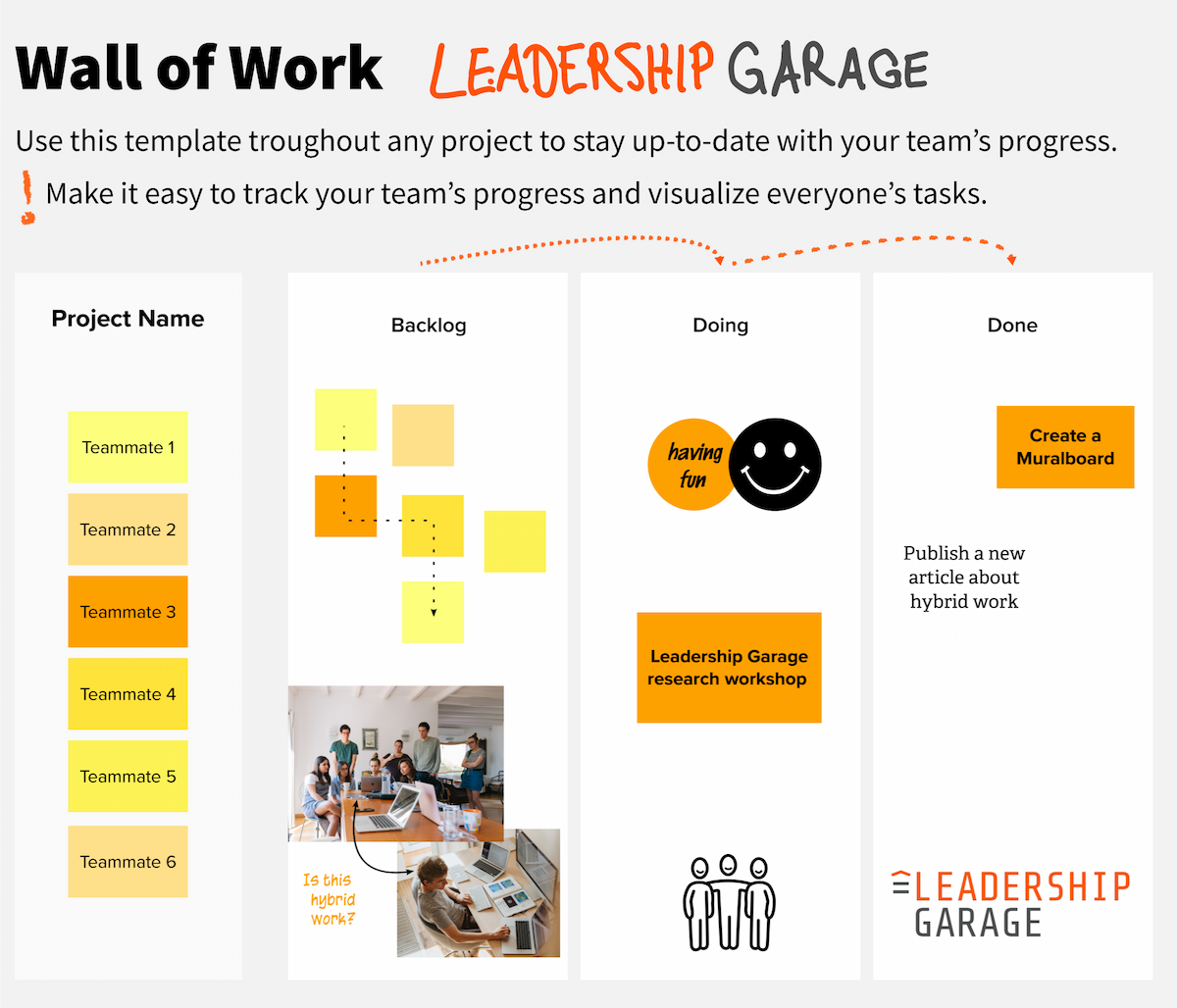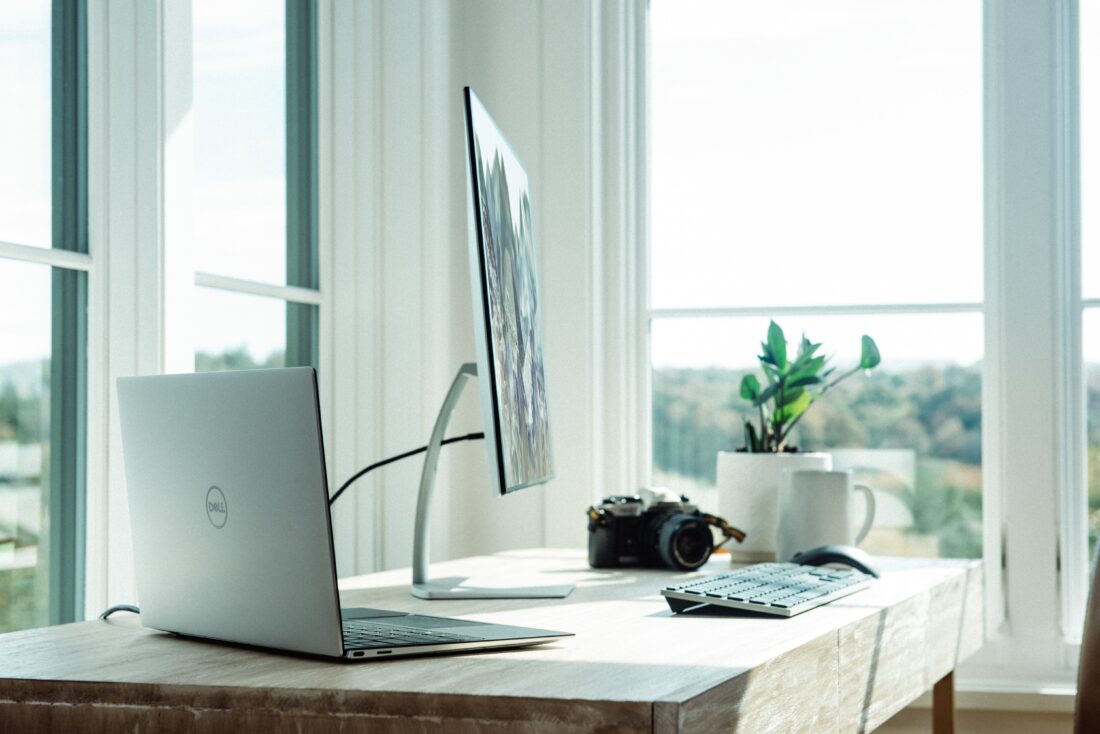Today home office, tomorrow the office, and the day after something somewhere in between – in other words: hybrid work.
This form of work enables employees to fluidly shift their preferred working destinations, and presents new questions and challenges for organizations:
Is hybrid work just a fancy way of saying „everyone does what they want“, or are there utilizable structures in this work model as well?
Who works most effectively, where, when, and under what circumstances? What needs do employees have, which will require managers to adapt to in the future? What new possibilities are opening up, but also what new stressors are possibly coming our way? What does the ideal hybrid work model look like for each organization? In short, under what circumstances and conditions is hybrid work really successful?
These are now pressing questions for most organizations. Until the pandemic permits a return to the traditional office, companies are being pushed to adopt transitional stages, and it is likely that these provisional hybrid work structures will continue into the future, driven by both employees‘ necessities as well as preferences, and requiring reflection and guidance from leaders.
The LeadershipGarage has recognized the challenges and opportunities present in this shift, and is currently researching the success factors of hybrid work. This includes identifying the aspects and variables that affect the hybrid work model, creating a meaningful categorization, and developing an innovative instrument for data collection in order to compare the hypotheses with practice. Their goal is to use the findings to outline a path toward an effective hybrid work model in line with organizations‘ specific requirements.
Visualizing collaborative work processes with MURAL
As a hybrid team, the LeadershipGarage seeks out the newest, most innovative tools to alleviate the challenges of working flexibly from multiple locales and support the process of co-creation. As part of its practice-oriented, collaboratively driven research into hybrid work it utilizes Mural – a digital workspace that is ideal for implementing and visualizing collaborative work processes. For those who aren’t familiar, Mural can be imagined as a whiteboard on which several participants can write, draw, and talk to each other simultaneously from anywhere. On the board, text and scribbles can be moved back and forth, separated, and grouped as desired, making it easy to condense information in a variety of ways.

Through this interface, Mural also changes role patterns. Everyone works on an equal footing, and leadership is shared between participants. Unlike in face-to-face settings, where one person usually documents the results of the work, or one person is assigned the role of moderator, in Mural no one stands in front and noone is excluded from the table.
For the LeadershipGarage team, this tool has proven to be conducive to well-grounded, effective, demonstrable collaboration, and this preliminary research has highlighted many important multi-dimensional questions and challenges surrounding hybrid work.



